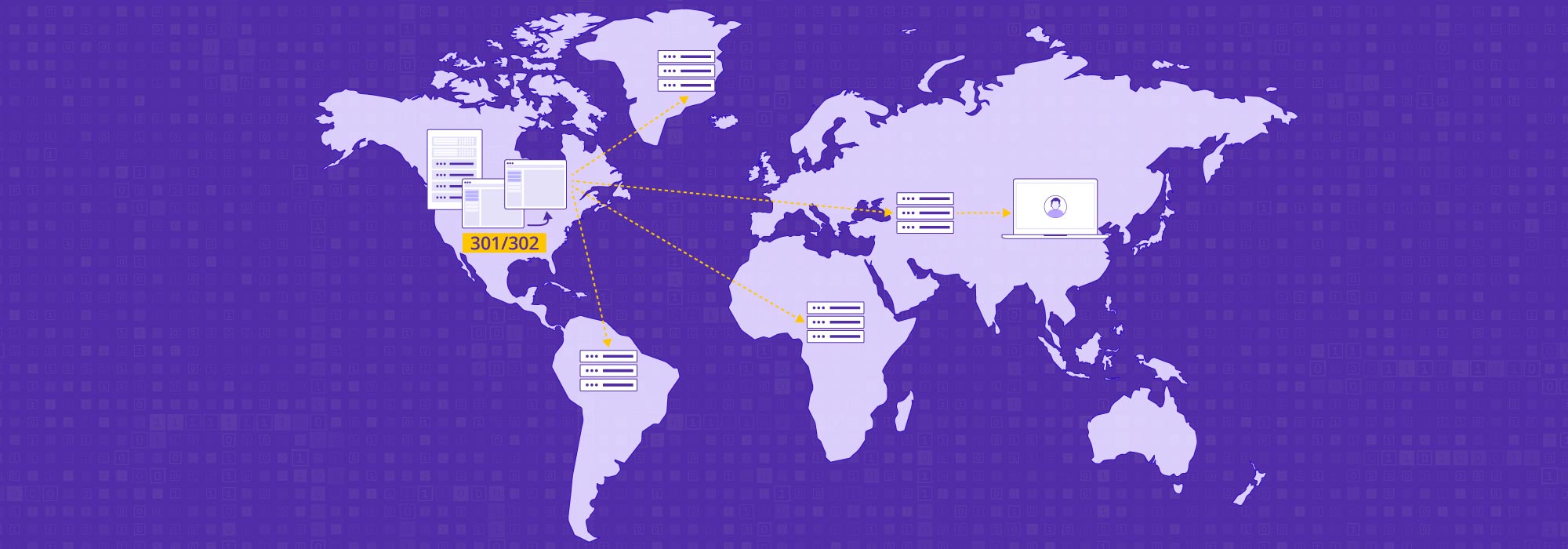We have come a long way from the first videos uploaded on YouTube. Today, we are inundated with video content of all kinds on an ever-increasing list of platforms. From casual creators, amateur artists to large enterprises, everyone can find an online video platform that will let them share their videos.
What is an Online Video Platform?
An online video platform (OVP) is one that allows users to upload their videos, manage their storage, and distribute the content to their audience. These platforms also tend to have built-in video players, with the most common ones running on HTML5 technology. Some may even combine video hosting and live streaming functionalities.
The idea of an OVP may seem obvious now but there was a time when the only way to share videos was to upload them onto a website, create a link manually and send this link to a select group of people.
But today, it has become easier than ever before to upload and share video content online. According to Wyzowl’s State of Video Marketing Survey, 86% of businesses use video as a marketing tool today.
Why do you need an OVP?
The video hosting and sharing functionalities offered by popular platforms like YouTube and Facebook may not be good enough for businesses. Think for example, of businesses which may limit their usage of public tools and social media sites or even block them altogether for work purposes.
This is where a professional OVP shows its value. They provide businesses with numerous features including the following.
-
Transcoding
Video transcoding is the process of converting from one encoding format to another. This is important as the format of the original video may not be supported by the end users who are supposed to watch the video.
-
Storage
OVPs allow you to store video content totalling anywhere between 10GB up to many TB and sometimes even unlimited size, depending on the plan.
-
CDN capability
Some OVP providers also allow you to access their CDNs, helping you distribute your content to a global audience with minimal latency.
-
Video editing
Sometimes you may need to do some editing, even as you upload and manage the video files. For example, you might decide to trim a video by a few seconds or splice a long one into smaller chunks. OVPs can offer you this functionality at different levels, from basic to more complicated, depending on the provider.
-
Customized player
To allow your users to view videos, you will need to display your content in a video player. Going with an OVP means you can use their built-in video players or embed them on your website. This also has the added benefit of customizability, whereby you can modify how the player looks and the controls it provides during viewing.
-
Analytics
Accessing and analyzing video analytics can be challenging and resource-intensive when you host and share videos on your own platforms. OVPs can provide easy to use dashboards with the most real-time analytics and relevant insights to inform your future strategy and decisions regarding your video content.
Read More:
Why is a Content Delivery Network Important for an OVP?
If your business relies heavily on hosting and sharing video content, OVPs are definitely worth investing in. However, it is not merely enough to have the functionality to distribute content to end users. This distribution also has to happen seamlessly, providing a uniformly great viewing experience for your end users, irrespective of their location.
This is especially important if your audience or customer base is geographically distributed across the world. The location of the video hosting makes a big difference in how end users receive the content. If some or all of your users are located far away from the hosting server, the video data packets will have to travel all the way to the user’s device, which could lead to long buffering time or the video may not play at all.
This is why it is important to use a Content Delivery Network (CDN) along with your OVP. CDNs make the video stream faster through a network of geographically distributed servers, so that for any given user, there is a server close by. Since the distance required for the data packets to travel is much less in this case, the video files can be accessed and played much quicker, reducing latency and buffer time.
Not all OVP providers include CDN capability in their features. Some simply focus on video upload, hosting and sharing while others may need to integrate with third party CDN providers. So if you want to prioritize providing a good video experience through your OVP, make sure you look for this specific feature when choosing your provider.
How to Choose the best OVP Solution For You
Choosing the best OVP comes down to the individual needs of your business. There is no one-size fits all as different providers can have different target businesses and audiences in mind when positioning their product. To decide which one suits your needs the best, think of the following factors.
1. Essential OVP functions
Go through the features listed by the provider and see if it covers the basic essentials like hosting, storage, delivery and transcoding. Then consider whether you will need video editing features, video player customizability and analytics, as well as how advanced these need to be. Finally evaluate how crucial it is to provide a good viewing experience for your audience and customer base across the world and look at the provider’s CDN capabilities. A provider with its own CDN will be a better choice than who doesn’t have one. Note that due to geographic restrictions, some OVP providers may not be able to deliver video in China.
2.Flexibility and scalability of resources
Some OVP providers have a standard set of technical specifications around resource capacity, including transcoding, storage and CDN features. For example, the platform may have a maximum storage limit of 1000 GB or may not transcode into certain video file formats. Any flexibility on these may incur additional charges. Often they may provide flexible pricing for different feature sets, including an advanced customized solution for large businesses. There may also be a free plan for you to try the platform first before proceeding to a paid plan.
3. Support services provided
As with any technology product that you purchase for your business, explore the level of support and services provided by the vendor. Depending on how big and established the OVP provider is, they may offer varying levels of support, from 24-7 help desks to email resolution, live chat and on-the-spot support. There may also be specialized support for specific features like mobile streaming and advertising provided by the vendor. Note that it may be difficult for the vendor to provide all sub-service support most efficiently if CDN, transcoding or other essential functions are integrated with third party partners.
4. Copyright protection
Sometimes you might want to distribute your video content only to a select group of users. For example, if the videos are only to be shared internally within your organization, they should not be visible to the general public. In some instances, leakage of such content can result in loss of competitive advantage, reputation damage and massive financial losses.
It is therefore useful to narrow down to OVPs that offer Digital Rights Management (DRM) features and other security tools like anti-hijacking and anti-hotlinking. Cloud VoD from CDNetworks is one online video platform which comes with sufficient security measures to protect against cyber threats by blocking hotlinkings and copyright.
5. Cost-effective pricing
The price of adopting an OVP can also be a consideration when choosing a provider. While they all generally help save expenses in hardware purchase, set up, deployment and maintenance through a pay-as-you-go pricing, the actual costs can vary depending on the plans you go with. Importantly, some OVPs also tend to offer varying options for billing. They could be monthly, annually or for a standalone event. Factor into consideration your budget, needs for storage, frequency of usage, support requirement and other features like security and streaming.
6. API Integration Capability
If you have plans to integrate core video functionalities into your own applications, look for vendors that allow for API integration. APIs are simplified interfaces that help developers access the internal workings of the platform and integrate it to their own applications without relying on code.
Introducing Cloud VoD
CDNetworks provides businesses with Cloud VoD, a centralized video content management solution for ingesting, managing, processing, publishing, distributing and analyzing media content. Cloud VoD can be used to power every video use case to accelerate digital transformation in your business and helps you host and stream media without having to build any data centers or infrastructure.
The unique thing about Cloud VoD is that it brings together core components of video on-demand such as origin server, transcoding, CDN and video player, into a one-stop visual platform. Customers of Cloud VoD can upload, process videos and distribute content on the platform, realizing the entire VoD process service.


